What is The Altitude OCR World Championships?
World’s Highest OCR hosted the Altitude OCR (Obstacle Course Racing) World Championships at Mt Everest in November 2022. Obstacle course racers from 14 countries spent two weeks trekking and racing together and attempted to achieve the Guinness World Record for the most amount of altitude gained during an obstacle course race.
The event consisted of three stages:
1) Trek to Everest Base Camp (5,364 m);
2) Summit Kala Patthar (5,664 m) with 10 obstacles;
3) Ultra-marathon run descent (28 miles, from 5664 m – 3440 m).
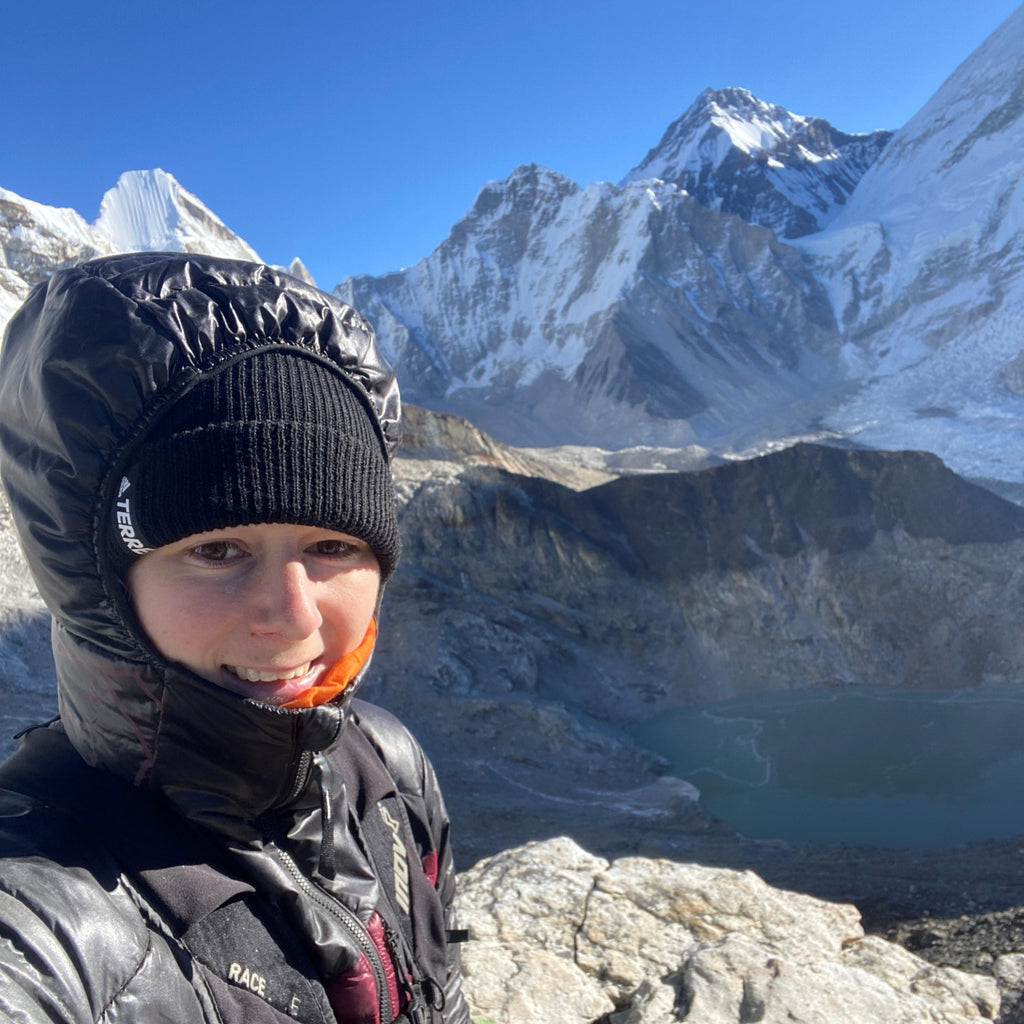
VOOM Ambassador Becky Neal was flying flag so we caught up to hear more about the racing!
What were the Altitude OCR World Champs like?
It’s difficult to describe an event where the distance units on the signposts are hours – not miles - and the closest road is a 60+ km trek and a dangerous plane-ride away. But despite its remote location and the lack of home comforts, the trekking route to Everest Base Camp (EBC) is not lonely. Our international group bonded over toilet experiences and shared snacks on the way up with the support of our Sherpa brothers and sisters, plus a few yaks. I started the race the most exhausted I have ever been before competing, about to embark on the hardest thing I have ever done, and that was daunting.
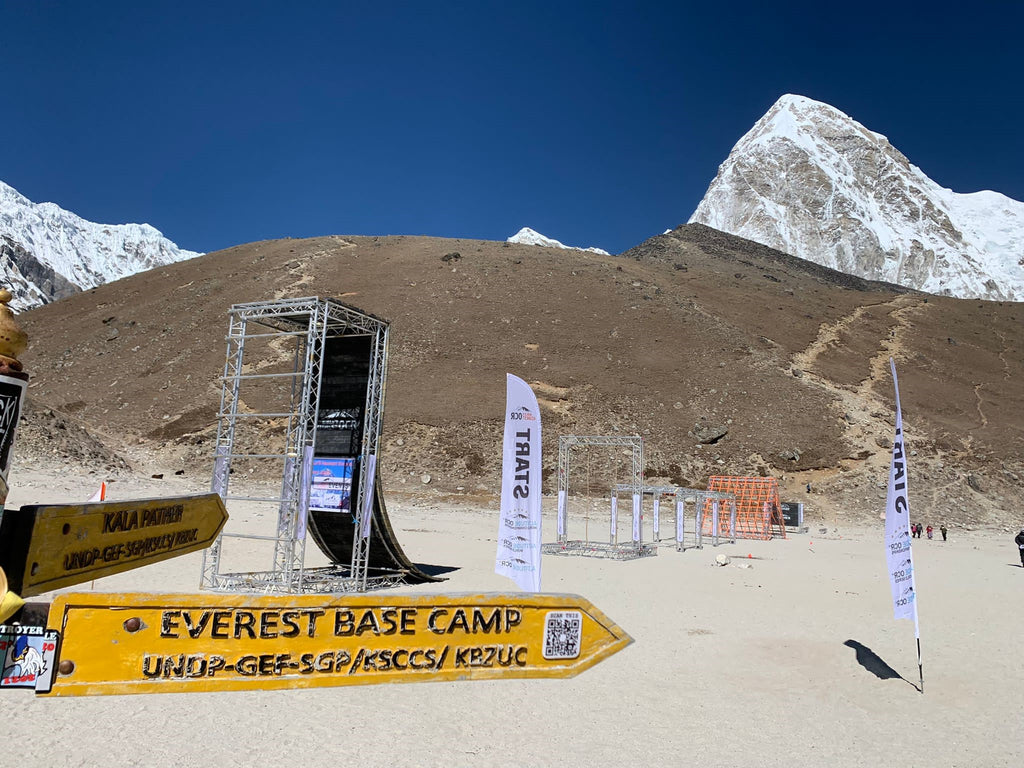
A pre-sunrise, -20 °C, start straight up 400m elevation gain in a mile distance, with half normal oxygen, including a 20 kg sandbag carry was tough to say the least. Once at the top, with incredible views of the Khumbu ice fall and Mt Everest, racing didn’t seem important anymore. But after flying down the hill, I completed the remaining obstacles, including hanging traverses, monkey bars and the 5m high wall. After a mandatory 30 min break for garlic soup and tea I headed off alone down the trail alongside the glacier and the river with everything I might need for the remaining marathon.
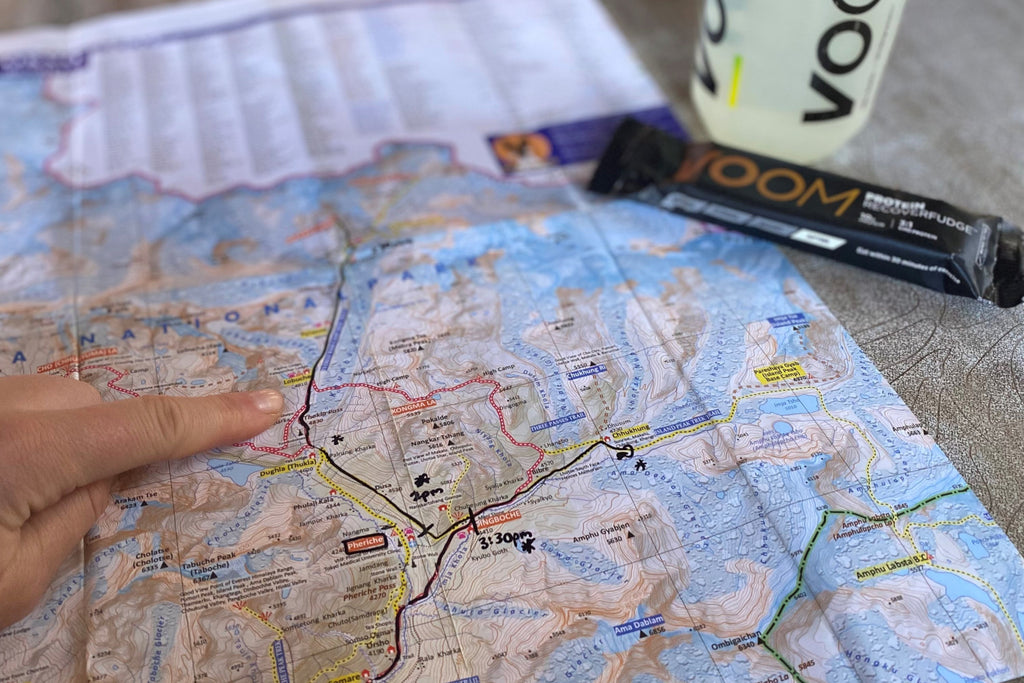
Usually, I enjoy descents, but the terrain was challenging and although there was approx. 3000 m elevation loss, there was also nearly 2000m of ascent. I made it through the first check point 1.5 hour under the cut-off but only 5 mins under the next. Soon, while I was on one of the many suspension bridges, night fell, and I had to stay without any other runners (or a sleeping bag) in a teahouse next to the monastery in Tengboche and refuel before finishing the last leg in the morning sun.
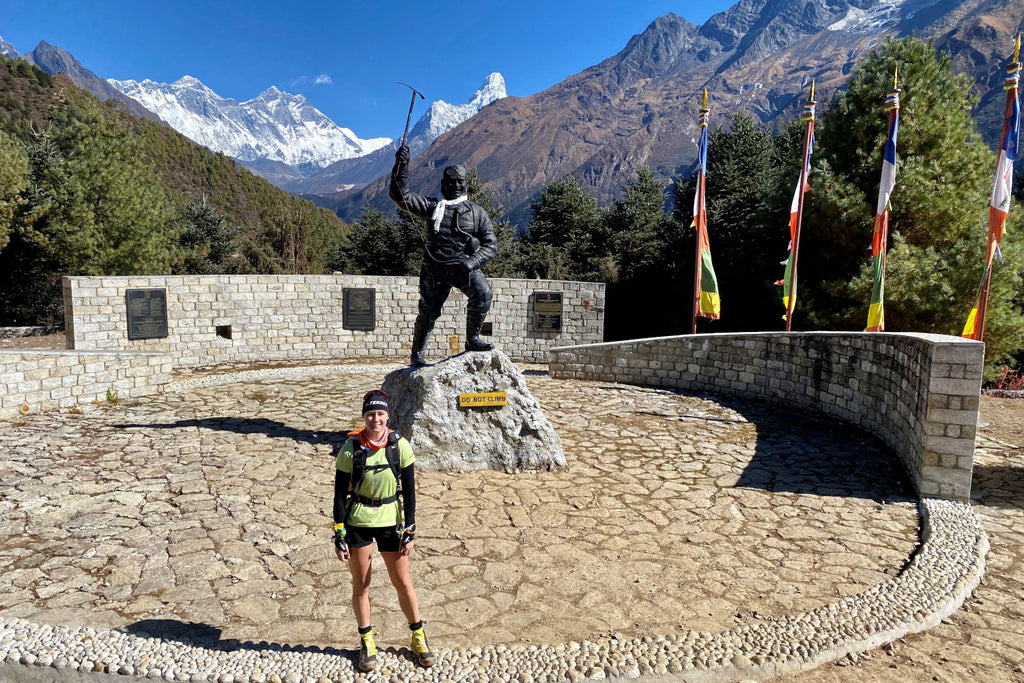
To put this challenge into perspective, it took me 4x as long as my London marathon time, although fortunately I was actually less sore afterwards. In much need of a shower, we all found our way to the end of the race and remaining trek before heading back via a thrilling plane and bus ride to Kathmandu to celebrate.
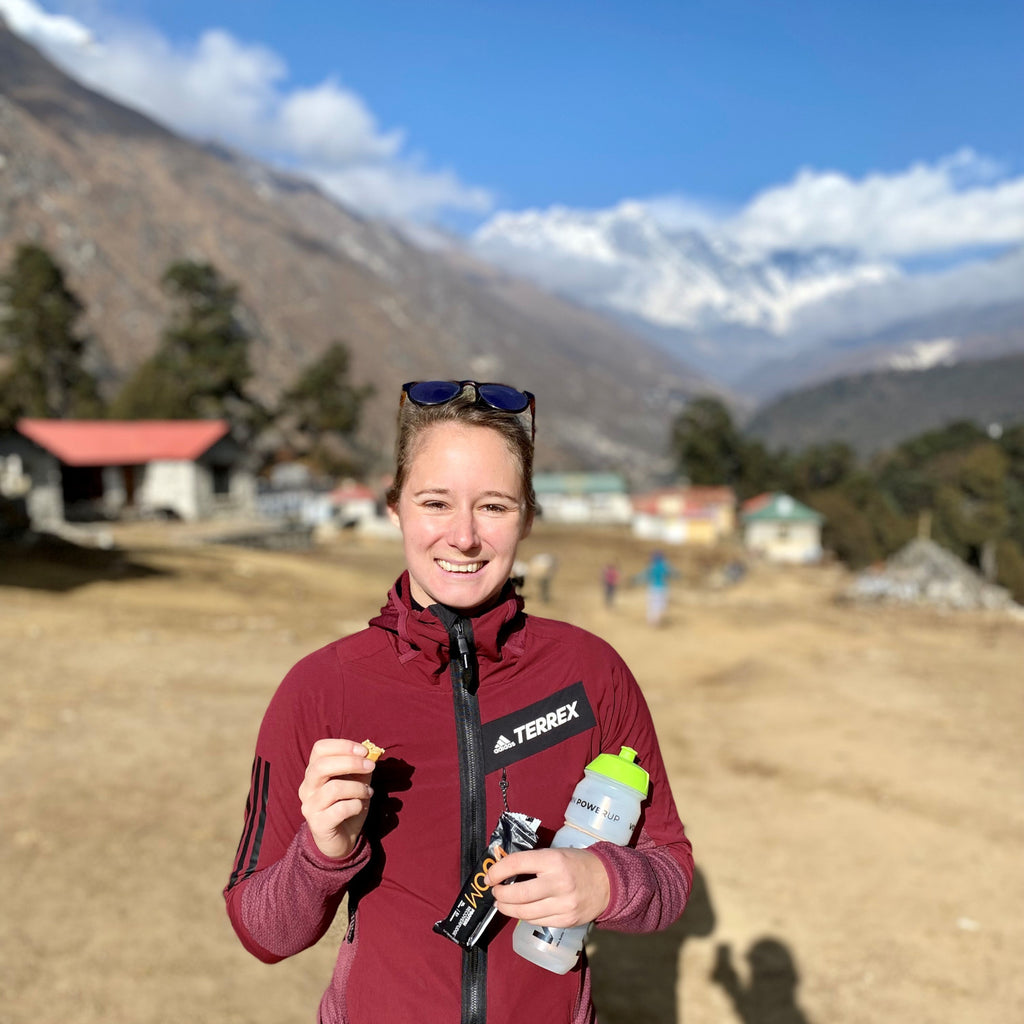
What to eat during the adventure?
My favourite breakfast that I had almost daily was Tibetan bread, and often we would have the local Dhal Bat or noodles for dinner. Lunch consisted of garlic soup or rice with lots of salt and I drank more tea than I have in my entire life (lemon is the best). Every morning (when it didn’t freeze in my room overnight) I would clean some water with chloride dioxide in my trusty Voom bottle and I saved some electrolytes for race day. I consumed the full range of Voom bars mixed in with the most accessible chocolate bar on the trail – Snickers – but it was tricky for the whole group to consume enough calories.

What were your favourite parts of World’s Highest OCR?
The 360° views, the obstacles (although I screamed a lot on the carry!) and the compassionate people. And all the gorgeous Nepalese mountain doggos!

What were the most challenging parts of the race?
My main purpose of doing this challenge was actually to conduct a research study – collecting data on the other participants on their physiological and cognitive function in this extreme environment, in my role as Senior Lecturer at Bournemouth University. Working with a Sports Medicine Doctor from the University of North Carolina we measured things like optic nerve size, acute mountain sickness, memory, fatigue, grip strength, reaction time and oxygen saturation at different altitudes from 1000 m to over 4000 m. It was tricky to plan and carry out this testing in such a remote environment with some very fatigued racers (and ourselves!).
Tips for starting Obstacle Course Racing?
Check out more obstacle course races and ninja sport in the UK on British Obstacle Sports site.
Becky Neal - @therunnerbeanuk
With thanks to Adidas Terrex, The British Academy, Oxiwear, Bournemouth University, World’s Highest OCR and Voom Nutrition for their support.


































































